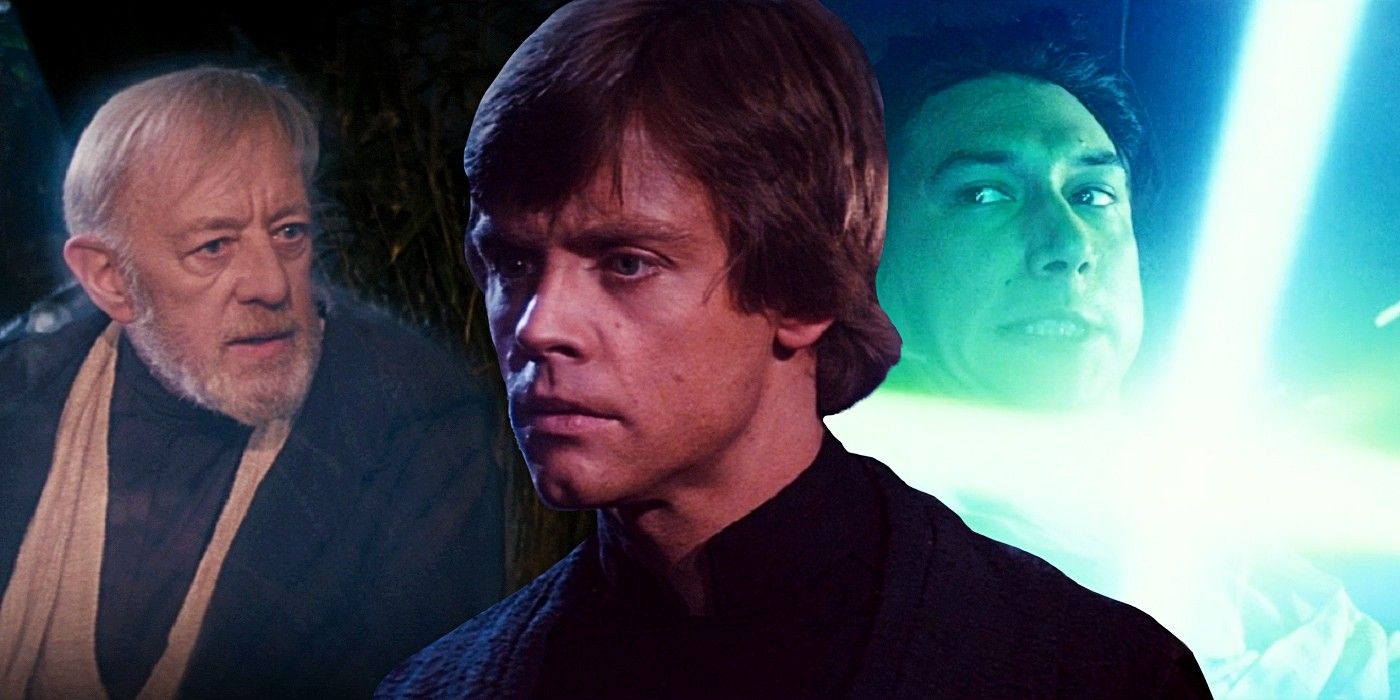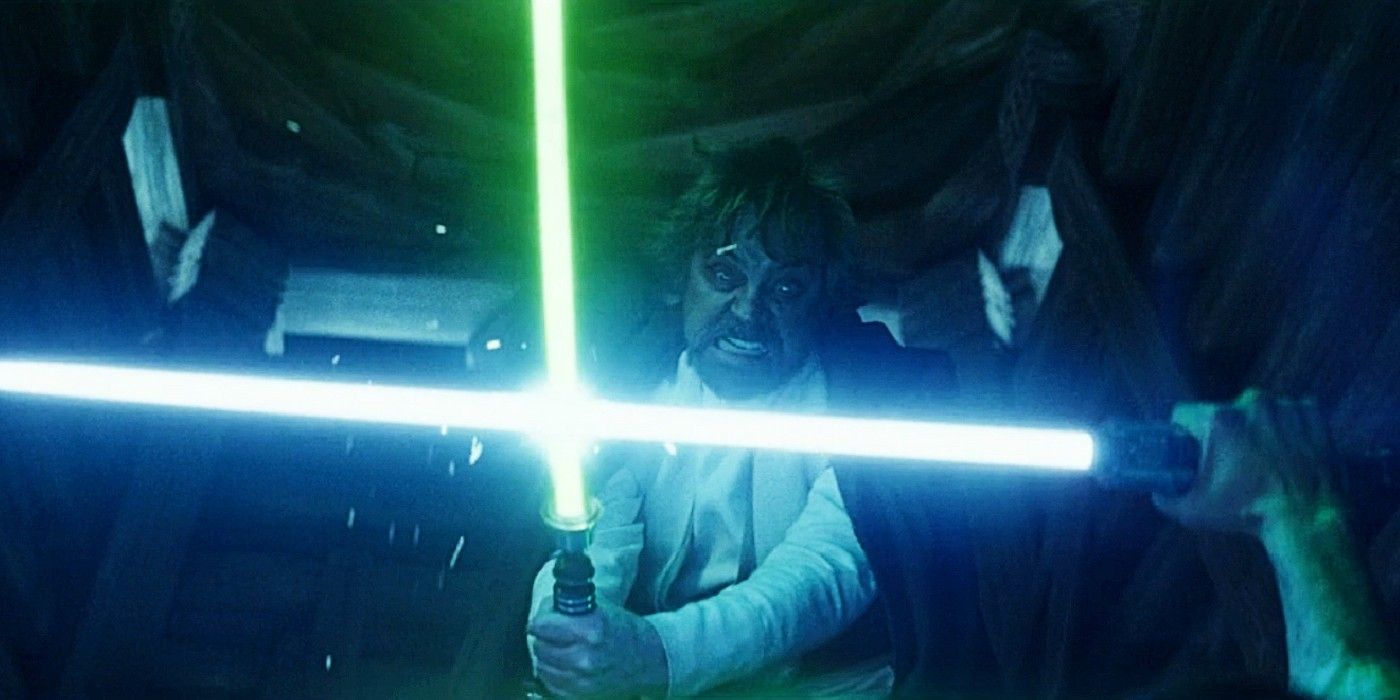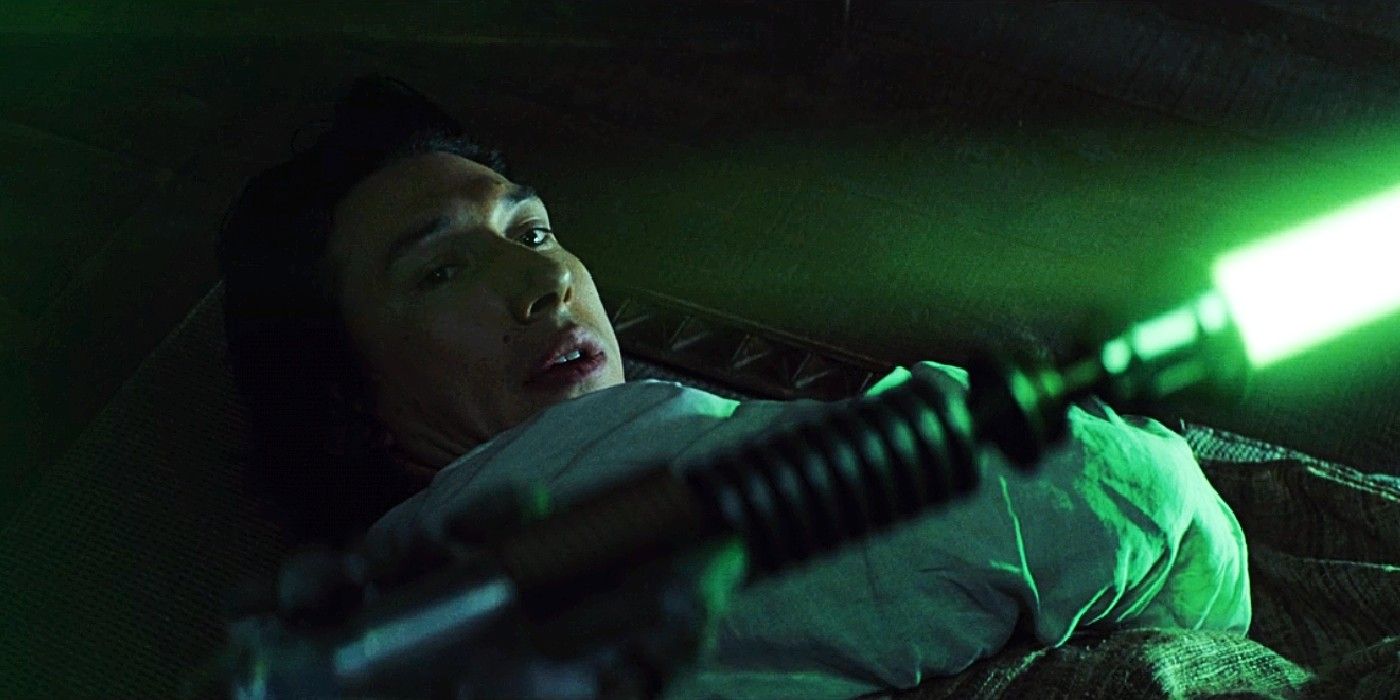Darth Vader's big revelation in The Empire Strikes Back makes Obi-Wan Kenobi out to be a liar, yet Star Wars: The Last Jedi has the perfect explanation for his account of the facts in A New Hope. Darth Vader being Luke Skywalker's father is one of cinema's most iconic twists and was certainly a shock for the young Jedi, but the truth also significantly shaped his actions to turn Vader against the Emperor in Return of the Jedi. Still, the revelation also made Obi-Wan Kenobi's explanation that Vader had killed Luke's father sound odd, especially considering he would have known the truth. As a result, Obi-Wan's confession that his explanation was true "from a certain point of view" in Return of the Jedi proved flimsy, as George Lucas's A New Hope backstory for Darth Vader was different from what eventually turned up in The Empire Strikes Back.
Star Wars: The Last Jedi's multiple retellings from different perspectives of what happened at Luke's Jedi Temple truly showed what Obi-Wan meant by "many of the truths we cling to depend greatly on our own point of view." By showing one flashback of Ben Solo reacting angrily for seemingly no discernible reason, Luke tries to pass on the message to Rey that the man who became Kylo Ren was already too far gone at that point. However, the next flashbacks, which linger on different details, paint a contrasting picture, one where a single mistake and misunderstanding brought an awful outcome. This illustrated, in practice, how what Obi-Wan told Luke in Return of the Jedi was essentially true.
Why The Last Jedi Used A Rashomon Technique For Its Luke & Ben Flashbacks
In the book The Art of Star Wars: The Last Jedi, director Rian Johnson offers a reason for the Rashomon-esque scenes of Ben and Luke's memories. He says the scenes had more to do with what motivated Rey to leave Luke and try to turn Kylo Ren to her side than offering different perspectives. However, the defining moment was Luke's admission that he entertained the thought of killing his nephew when he realized Ben had been corrupted by darkness. Despite the fact that Luke backtracked right after, Ben's truthfulness was established and confirmed to Rey. In the book, Johnson explains that he wanted to show that "a harder line was crossed" but didn't want to express that with a long flashback. Therefore, the same yet varying scene shown three times based on the person's point of view drives the point home better.
Why The Last Jedi's Luke & Ben Flashbacks Are So Great
While The Last Jedi tried to do things differently, employing a Rashomon technique with the short flashback scenes actually provided its best link to the original Star Wars trilogy. Showing that Luke finally saw for himself how different truths could coexist was particularly on-point. However, The Last Jedi's use of a Rashomon technique was brilliant in its own right, as well. The three flashback scenes not only move the plot of the movie forward by forcing Rey to seek help from someone other than Luke, but they also cleverly unveil the ugly truth of an event that was central to both Luke's journey that led him to self-exile Ahch-To and Ben Solo's transformation into Kylo Ren.
Centering Ben's final turn to the dark side on Luke's moment of weakness makes the whole ordeal especially tragic. After all, the split-second misunderstanding not only caused Ben to definitively give in to the darkness, but it also fueled Luke's shame because of how instrumental he was to it. The three differing flashback scenes also strikingly prove Kylo Ren's truthfulness, starting to redeem him to the audience and Rey's eyes and launching his path toward the light. This way, the flashbacks made all these storylines visibly interconnected in the Star Wars sequel trilogy, proving to be among the best and cleverest gimmicks Star Wars: The Last Jedi came up with.



